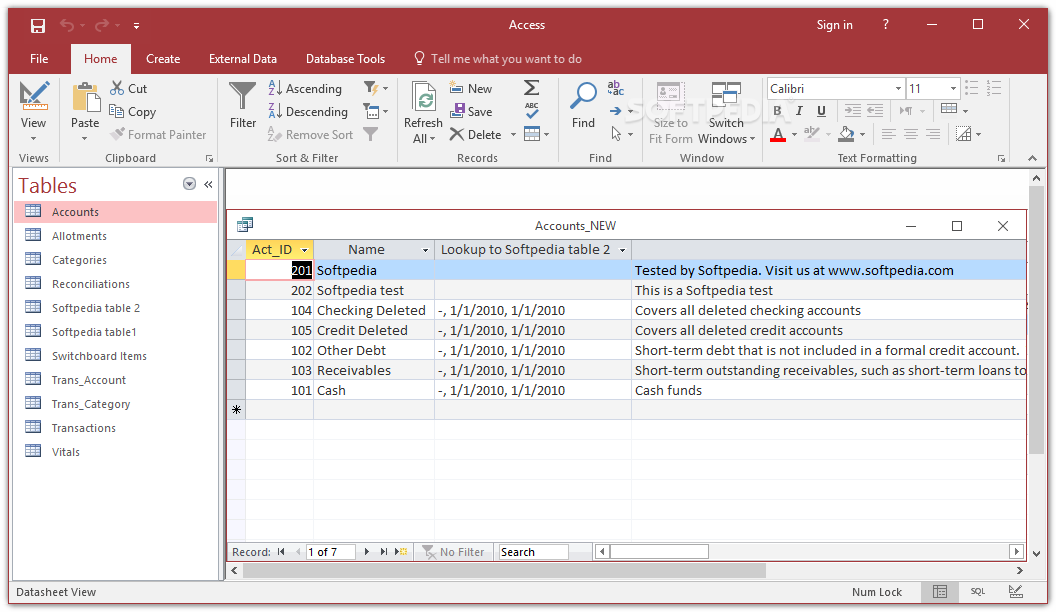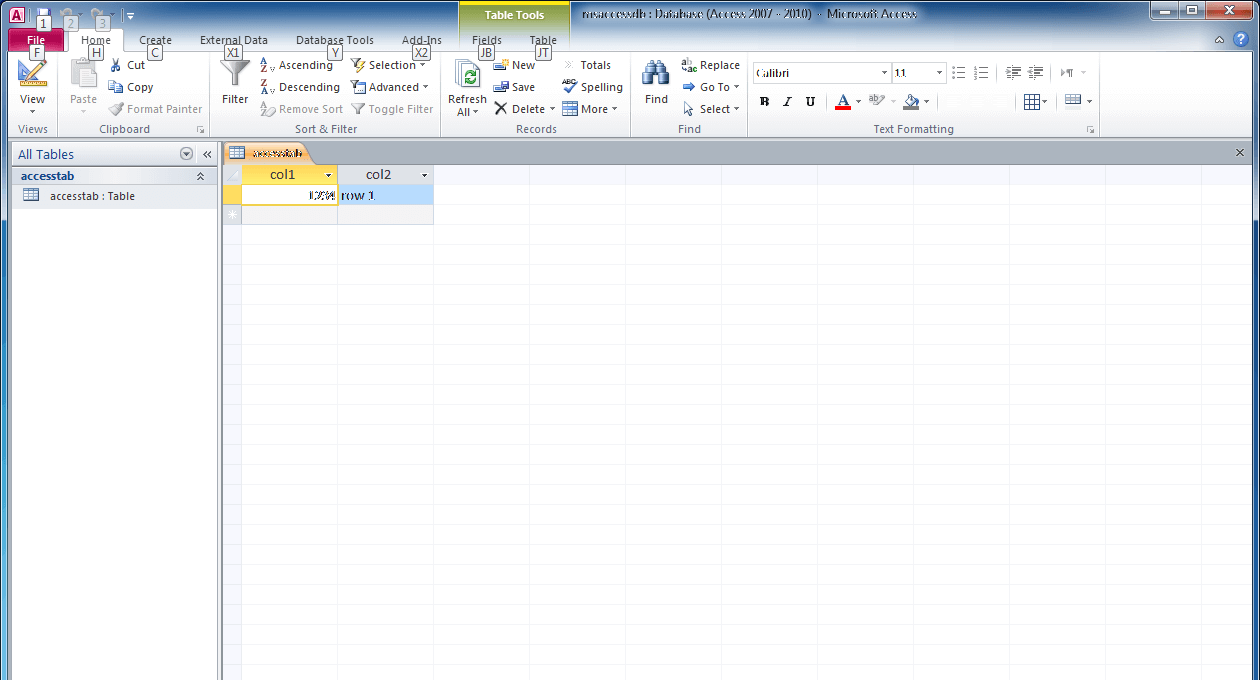

Reports: Reports can be viewed as a database object that allows you to present information that fits your needs when it comes to focusing on specific pieces of data.And if you want, once you made a design change to your database, you can download, modify, and publish it on the web. You can also combine data across tables, add conditional outputs, and generate reports. Manage data: You will be able to manage data exported from any website or database easily, put them in tables, and insert, modify, or remove records.For example, you can create tables for your clients (identifier, name, first name, etc.) and commands (client identifier, data, price, etc.), and set up their relations (each command can only be assigned to a single client, each client is unique, commands cannot be assigned to a non-existing client, etc.). You will be able to handle tons of data, create a data processing pipeline, and more. Organize data: More powerful and database-compatible than Excel, you will manage your data in tables like in ordinary database programming languages such as SQL.On the other hand, you can also export your data from Access to many different formats. Compatible: You can easily convert or import data from other sources such as Microsoft Excel files, convert and modify them to fits your data model needs, and keep developing your solutions.

Instead, you can use templates and create applications from scratch.

One of the least-known tools in the Office suite, yet one of the most powerful regarding data processing.


 0 kommentar(er)
0 kommentar(er)
